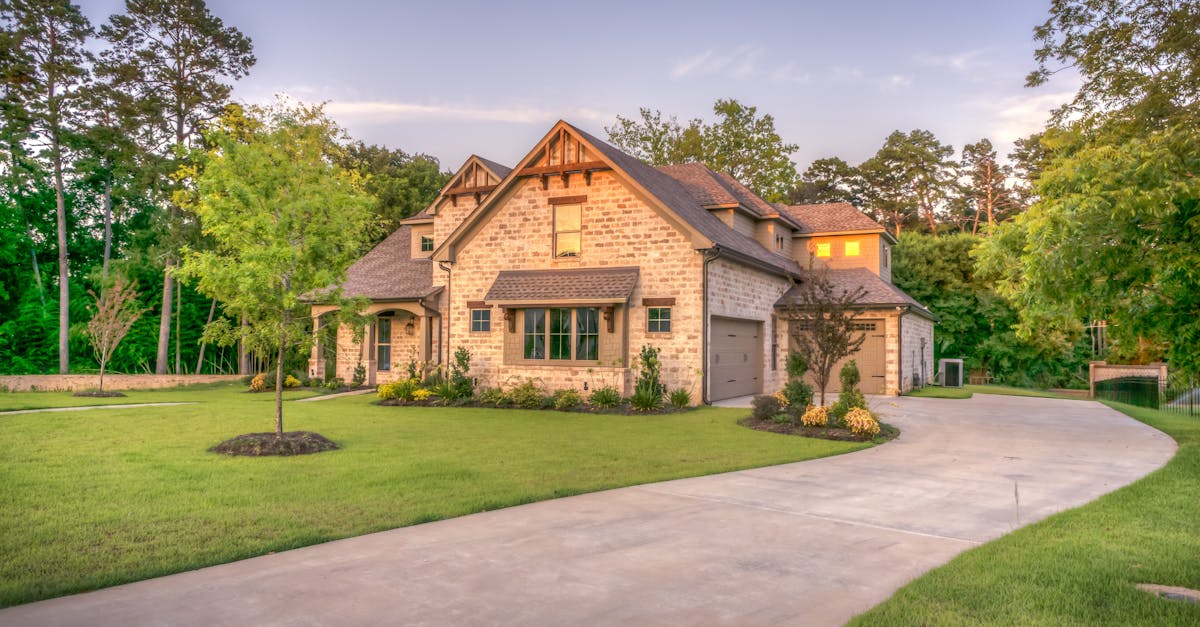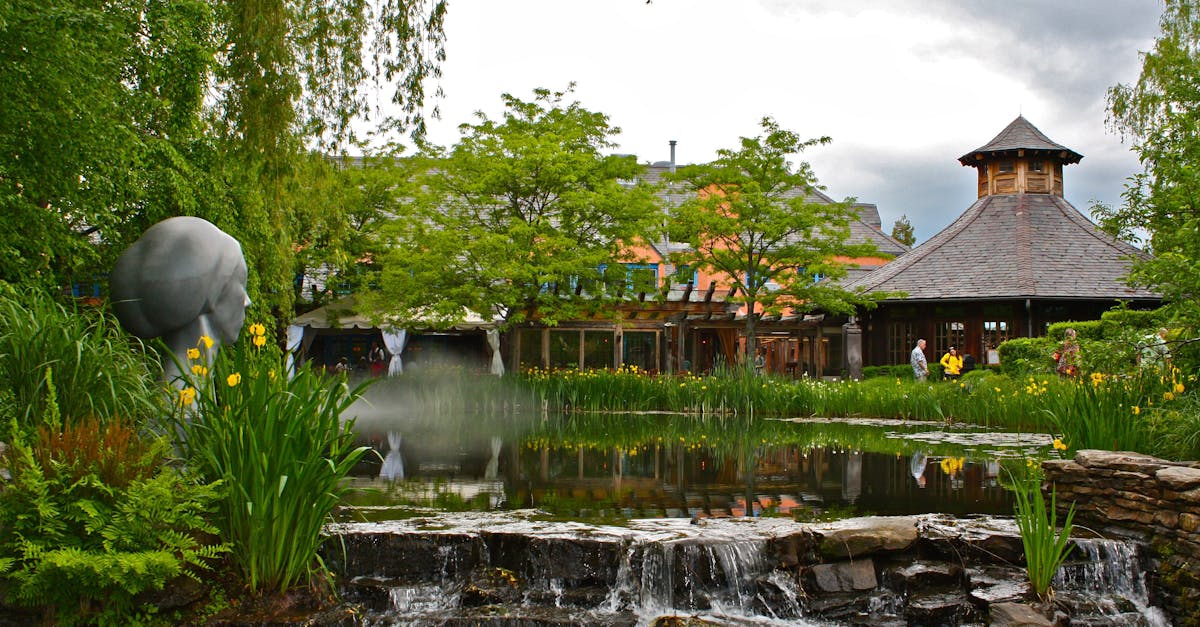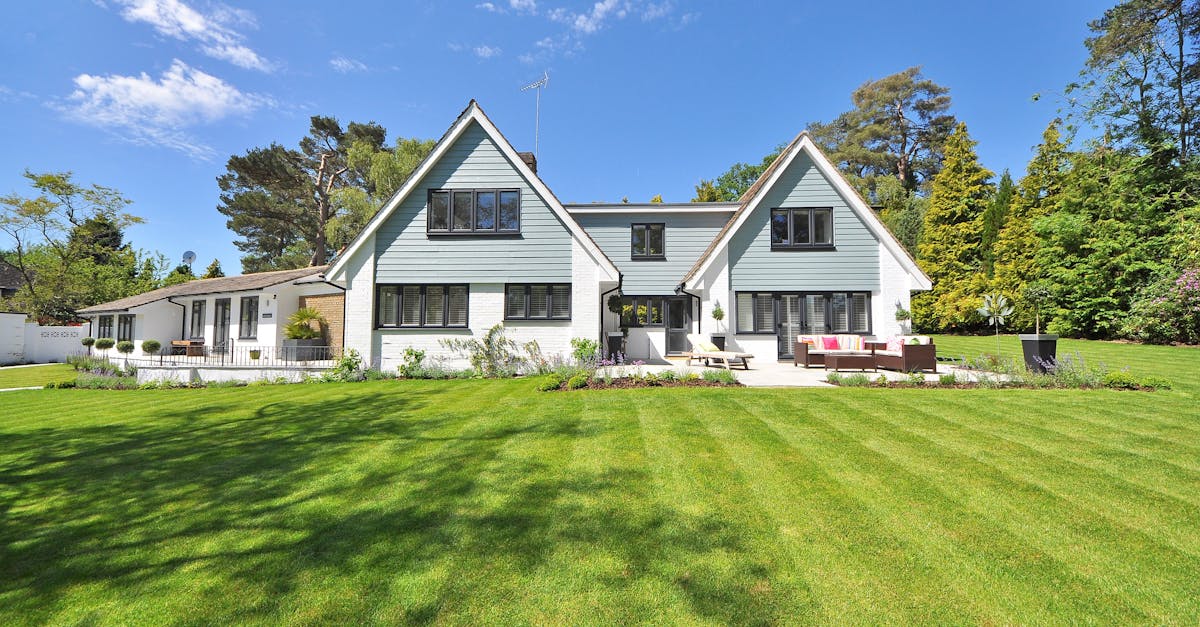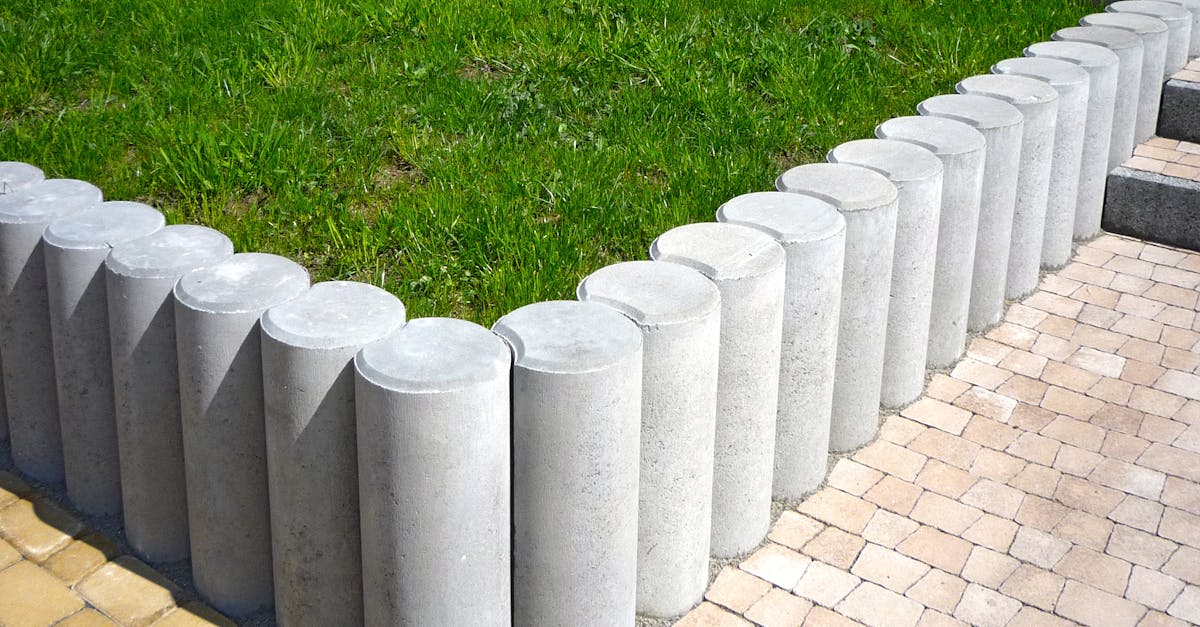
Table Of Contents
Mulch and Compost Regularly
Mulch and compost play crucial roles in maintaining a healthy and low-maintenance landscape. Mulch helps to retain moisture in the soil, suppresses weed growth, and regulates soil temperature. By spreading a layer of organic mulch around plants, you can create an aesthetically pleasing look while also providing numerous benefits to the plants' health and growth. Composting, on the other hand, enriches the soil with essential nutrients, promoting stronger root systems and overall plant vitality. Regularly adding compost to your garden beds contributes to improved soil structure and fertility, reducing the need for chemical fertilizers and allowing for a more sustainable Landscape Design.
Integrating the practice of mulching and composting into your gardening routine can significantly reduce the time and effort required to maintain your landscape. By embracing these natural methods of soil enrichment, you establish a foundation for healthy plant growth that is less susceptible to disease and pests. The combination of mulch and compost not only enhances the visual appeal of your garden but also fosters a self-sustaining ecosystem where plants can thrive with minimal human intervention. Prioritizing mulching and composting as essential components of your landscaping practices sets the stage for a flourishing and low-maintenance outdoor space.
Maintain Soil Health
To ensure the health of your plants in a low-maintenance landscape design, prioritizing the soil is paramount. Opt for well-draining soil that supports the growth of your chosen plants. Consider conducting a soil test to assess its pH and nutrient levels, enabling you to make informed decisions about necessary amendments. Incorporate organic matter like compost to enhance soil structure and provide essential nutrients to your plants. By maintaining healthy soil, you create a strong foundation for the overall success of your landscape design.
Regularly mulching your garden beds is a simple yet effective way to promote soil health in your landscape design. Mulch helps to retain moisture, prevent erosion, and suppress weed growth. It also gradually breaks down, adding organic matter to the soil and enhancing its fertility. As you develop your low-maintenance landscape, remember that healthy soil is not only beneficial for your plants' growth but also plays a significant role in the long-term sustainability of your outdoor space.
Incorporate Hardscaping Elements
When looking to create a low-maintenance landscape, incorporating hardscaping elements is a key aspect to consider. By integrating elements such as rocks or pavers, you not only add visual interest to your outdoor space but also reduce the need for ongoing maintenance. These hardscaping components provide structure and permanence to your landscape design, ensuring longevity and durability over time.
In landscape design, the strategic placement of rocks or pavers can also help to define specific areas within your outdoor space. By adding these low-maintenance elements, you can create distinct walkways, patios, or borders that require minimal upkeep. Additionally, rocks and pavers can act as natural weed barriers, reducing the need for constant weeding and ensuring that your landscape remains tidy and well-maintained with minimal effort.
Add LowMaintenance Rocks or Pavers
When looking to enhance the low-maintenance aspect of your landscape design, incorporating rocks or pavers can be a game-changer. Rocks and pavers provide a durable and long-lasting alternative to grass or plants, reducing the need for constant care and upkeep. By strategically placing rocks or pavers in key areas of your garden, you not only add visual interest but also create defined spaces that require minimal maintenance.
Landscape design with rocks or pavers can create functional pathways, seating areas, or borders with little to no maintenance required. Choosing low-maintenance rocks or pavers that blend well with your overall design aesthetic can elevate the look of your outdoor space while minimizing the need for watering, mowing, or trimming. Additionally, rocks and pavers can help with erosion control and weed prevention, making them a practical and aesthetic addition to any low-maintenance landscape.
Prune and Trim Strategically
Pruning and trimming strategically is a key aspect of low-maintenance landscape design. Regularly cutting back overgrown branches and shaping your bushes and shrubs will help maintain a neat and tidy appearance while promoting the health of your plants. By removing dead or damaged branches, you not only enhance the overall look of your landscape but also allow for new growth to flourish.
When it comes to landscape design, focusing on structural growth is essential in creating a well-balanced outdoor space. By selectively trimming certain plants to encourage upward growth and others to spread outwards, you can control the shape and size of your greenery. This method of strategic pruning ensures that your plants not only look aesthetically pleasing but also thrive within their designated spaces.
Focus on Structural Growth
Focus on Structural Growth
When aiming to create a low-maintenance landscape, structural growth plays a pivotal role in establishing a visually appealing and enduring outdoor space. Strategic planning and execution of hardscaping elements, such as pathways, walls, and patios, can enhance the overall design and minimize the need for constant upkeep. By incorporating sturdy elements like stone or concrete, not only does the landscape gain a sense of permanence and elegance, but it also reduces the dependence on frequent maintenance tasks.
Landscape design that focuses on structural growth should prioritize the placement and selection of plants that offer both aesthetic value and longevity. Opting for native species or drought-tolerant plants can significantly decrease the necessity for constant watering and pruning. Additionally, carefully considering the growth habits of plants before planting them can prevent overcrowding and minimize the need for regular maintenance, allowing the landscape to flourish with minimal intervention.
FAQS
What are some benefits of creating a low-maintenance landscape?
A low-maintenance landscape can save you time, water, and money in the long run. It also helps in reducing the need for constant upkeep and maintenance tasks.
How often should I mulch and compost in a low-maintenance landscape?
It is recommended to mulch and compost at least once a year in a low-maintenance landscape to help retain moisture, suppress weeds, and improve soil quality.
What are some examples of hardscaping elements to incorporate in a low-maintenance landscape?
Examples of hardscaping elements for a low-maintenance landscape include rocks, pavers, gravel pathways, and retaining walls. These elements add structure and visual interest without requiring regular maintenance.
How can I strategically prune and trim in a low-maintenance landscape?
Strategic pruning and trimming in a low-maintenance landscape involve focusing on structural growth, removing dead or diseased branches, and shaping plants to promote healthy growth while minimizing maintenance needs.
What are some tips for maintaining soil health in a low-maintenance landscape?
To maintain soil health in a low-maintenance landscape, consider using organic mulch, compost, and natural fertilizers. Avoid over-tilling or compacting the soil and aim to create a balanced ecosystem for plants to thrive with minimal intervention.


